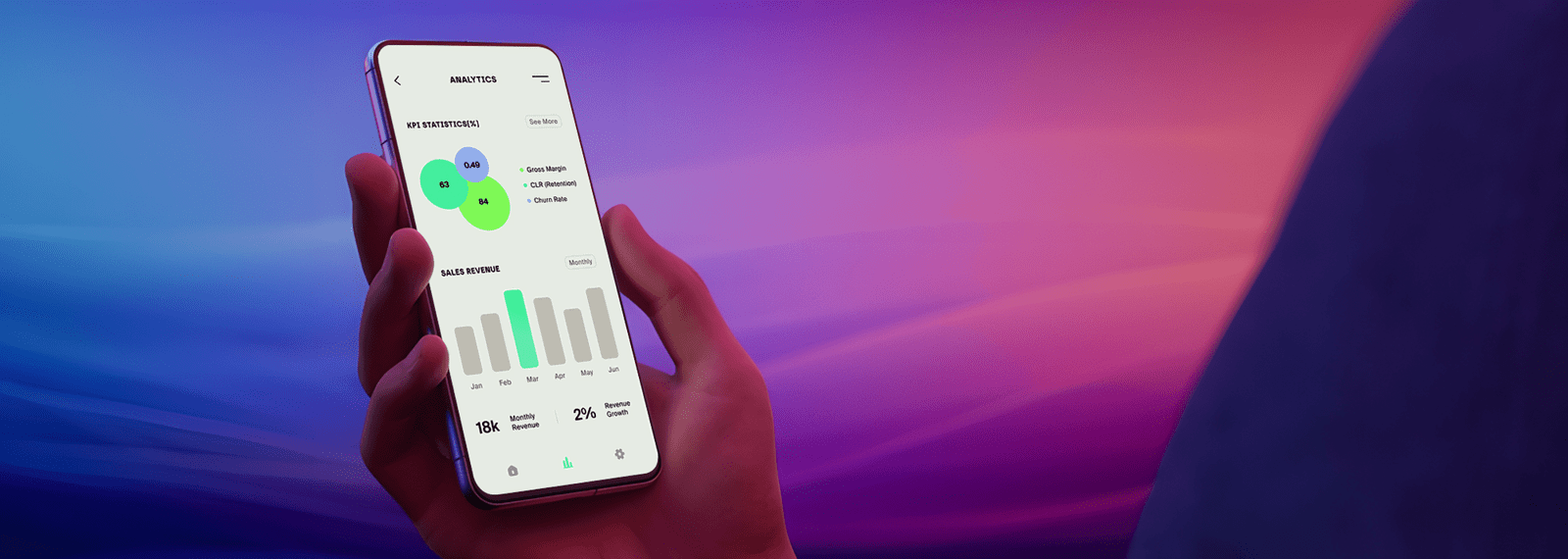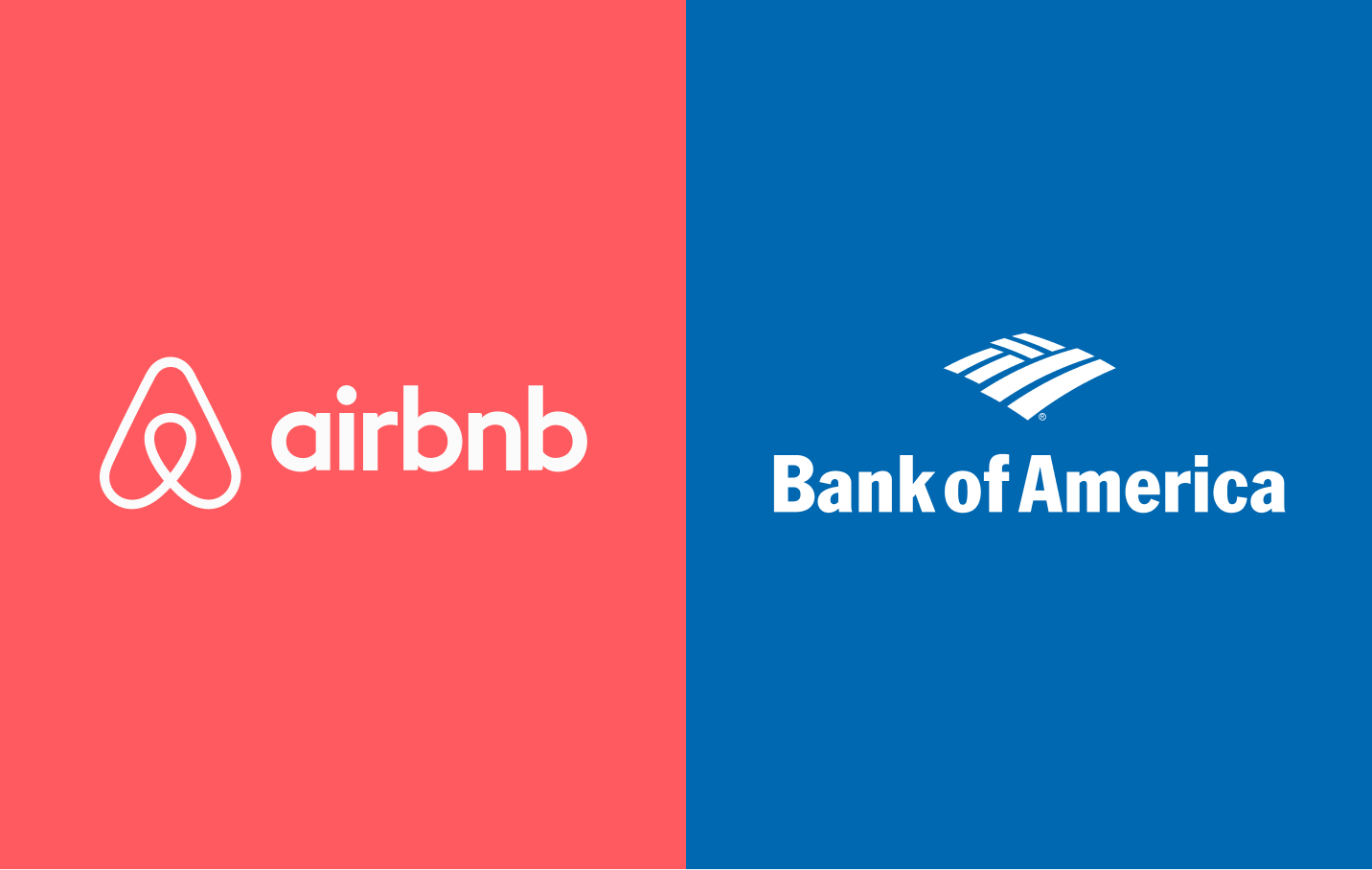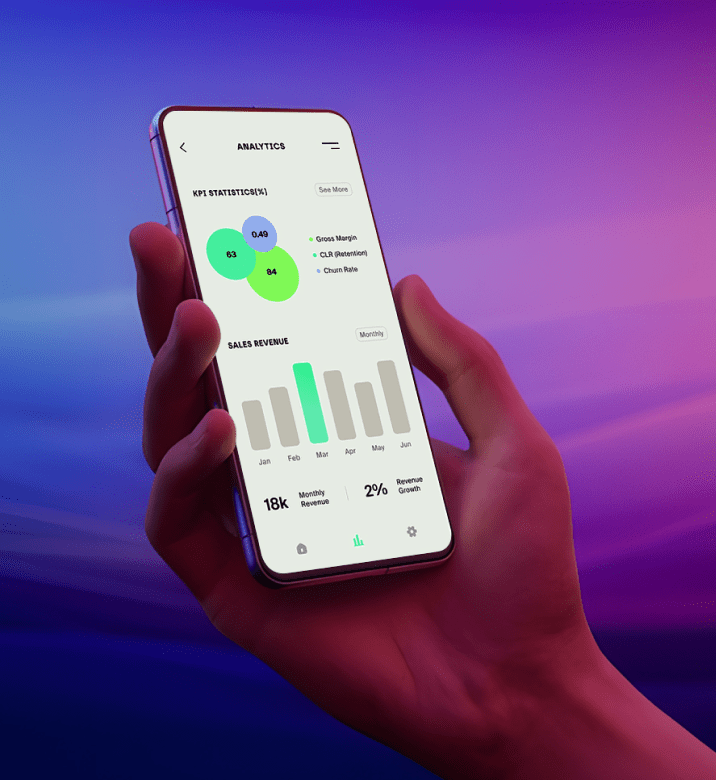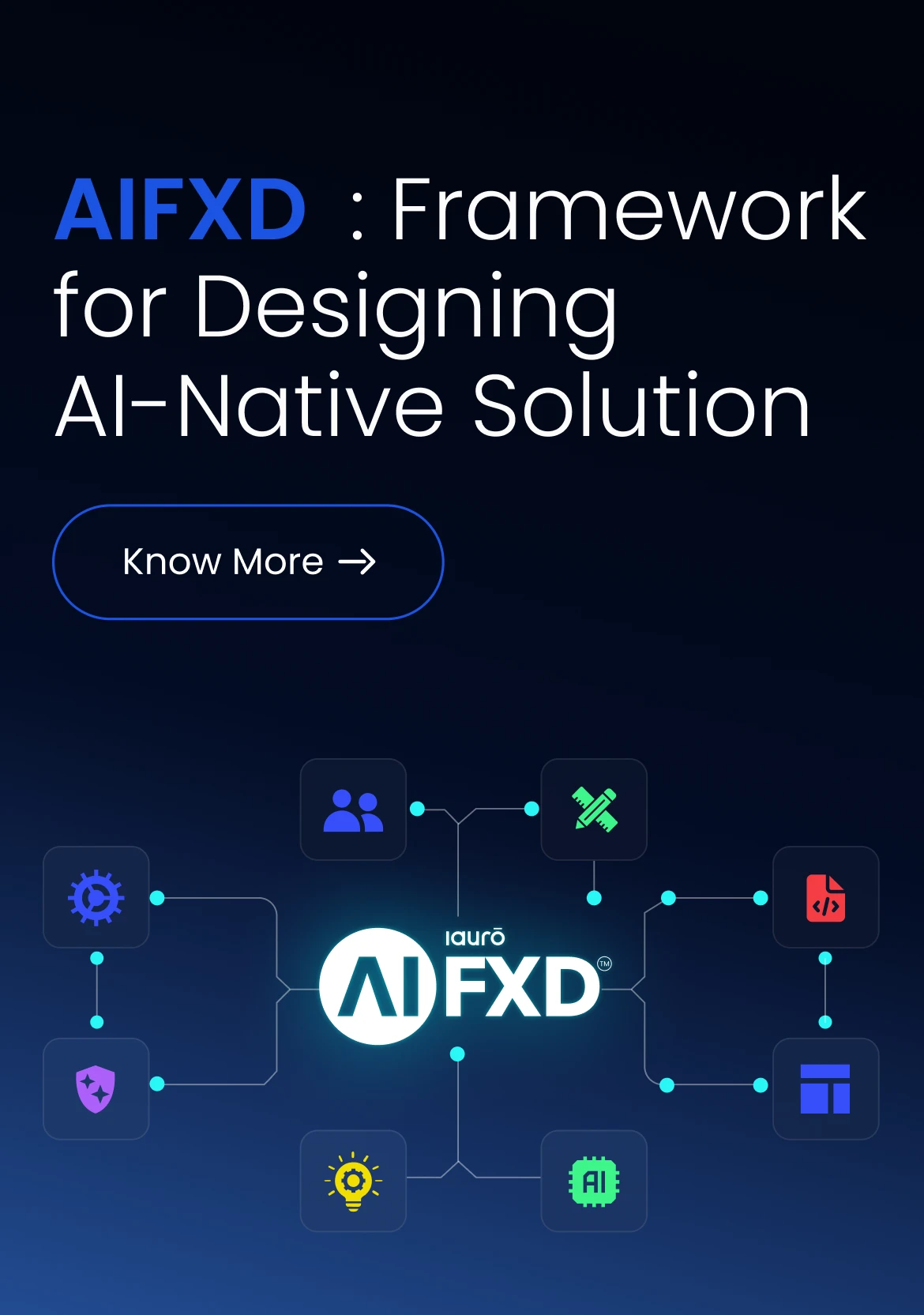The Business Case for Modernizing Outdated Applications: Benefits and ROI

Understanding Legacy Applications
High Maintenance Costs : Keeping outdated systems running often requires specialized skills, leading to escalating maintenance expenses. As vendors discontinue support for older technologies, sourcing expertise becomes increasingly difficult and costly
Security Risks : Legacy applications are more vulnerable to cyber-attacks due to outdated security measures. A data breach can be catastrophic, with costs spanning from direct financial losses to regulatory fines and reputational damage.
Operational Inefficiencies : Many legacy systems operate in silos, complicating data integration across the enterprise. This fragmentation slows decision-making and reduces the organization’s ability to respond quickly to market shifts.
The Imperative to Modernize : Lessons from Industry Leaders
General Electric (GE) : GE, a multinational conglomerate, modernized its legacy systems across various industrial divisions. By launching the Predix platform, a cloud-based solution for industrial IoT, GE enabled real-time data analytics and predictive maintenance. This modernization allowed GE to offer new digital services and improve operational efficiency across its diverse business units.
The Tangible Benefits of Legacy Applications Modernization
ROI : The Financial Justification

Making the Decision : Is It Worth the Investment?
Nike: The global sportswear brand modernized its IT systems to better integrate its digital and physical retail experiences. By leveraging cloud computing, big data analytics, and AI, Nike enhanced its supply chain efficiency, personalized customer experiences, and enabled direct-to-consumer sales channels. This IT modernization has been a key driver in Nike’s ability to stay ahead in the competitive sportswear market.


High Maintenance Costs : Keeping outdated systems running often requires specialized skills, leading to escalating maintenance expenses. As vendors discontinue support for older technologies, sourcing expertise becomes increasingly difficult and costly
Security Risks : Legacy applications are more vulnerable to cyber-attacks due to outdated security measures. A data breach can be catastrophic, with costs spanning from direct financial losses to regulatory fines and reputational damage.
Operational Inefficiencies : Many legacy systems operate in silos, complicating data integration across the enterprise. This fragmentation slows decision-making and reduces the organization’s ability to respond quickly to market shifts.
General Electric (GE) : GE, a multinational conglomerate, modernized its legacy systems across various industrial divisions. By launching the Predix platform, a cloud-based solution for industrial IoT, GE enabled real-time data analytics and predictive maintenance. This modernization allowed GE to offer new digital services and improve operational efficiency across its diverse business units.



